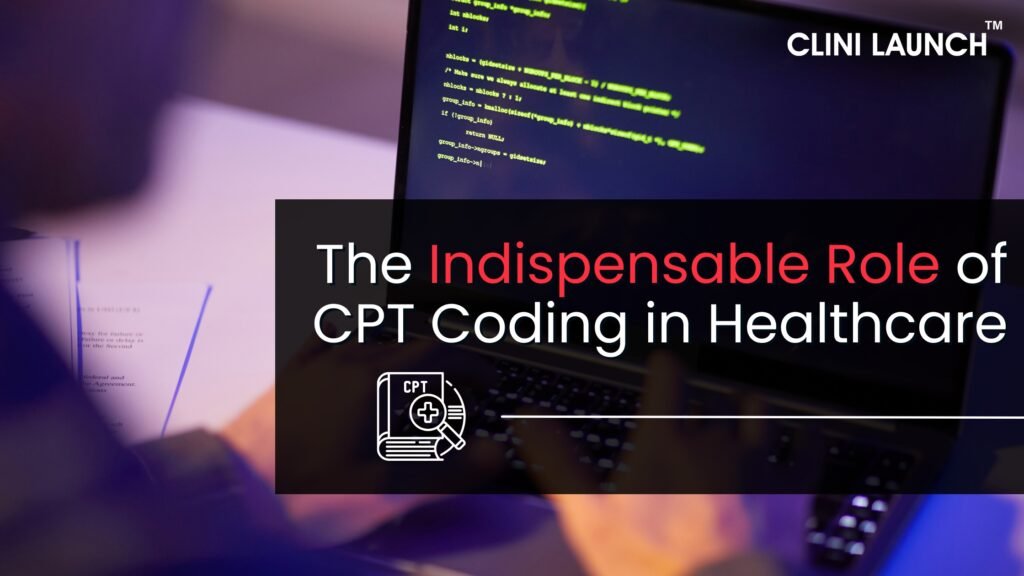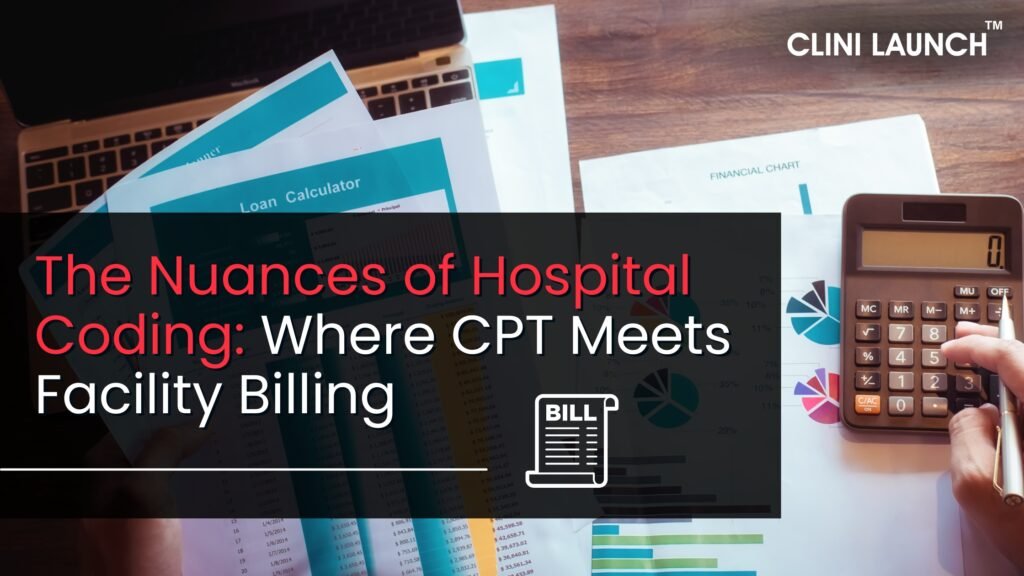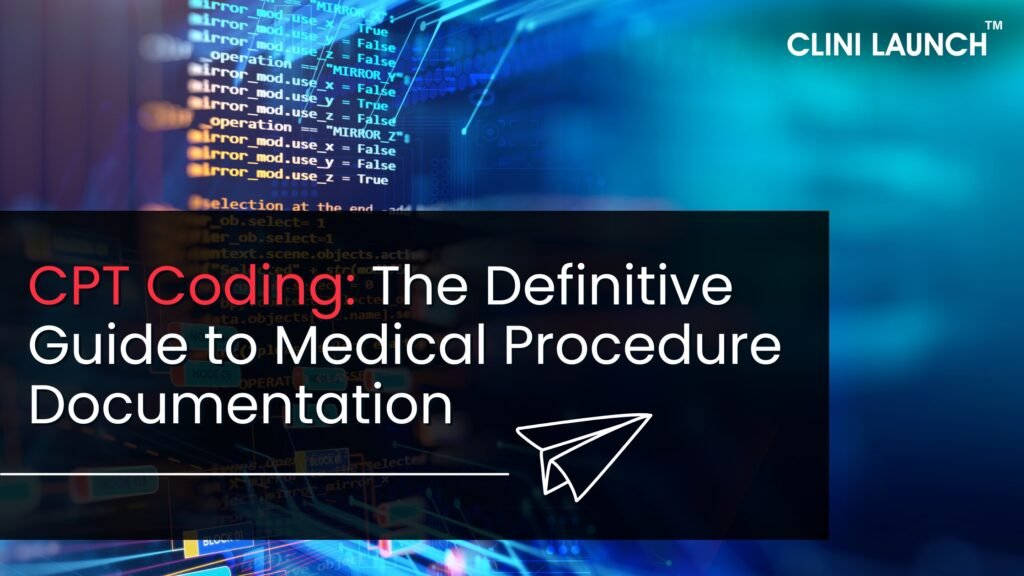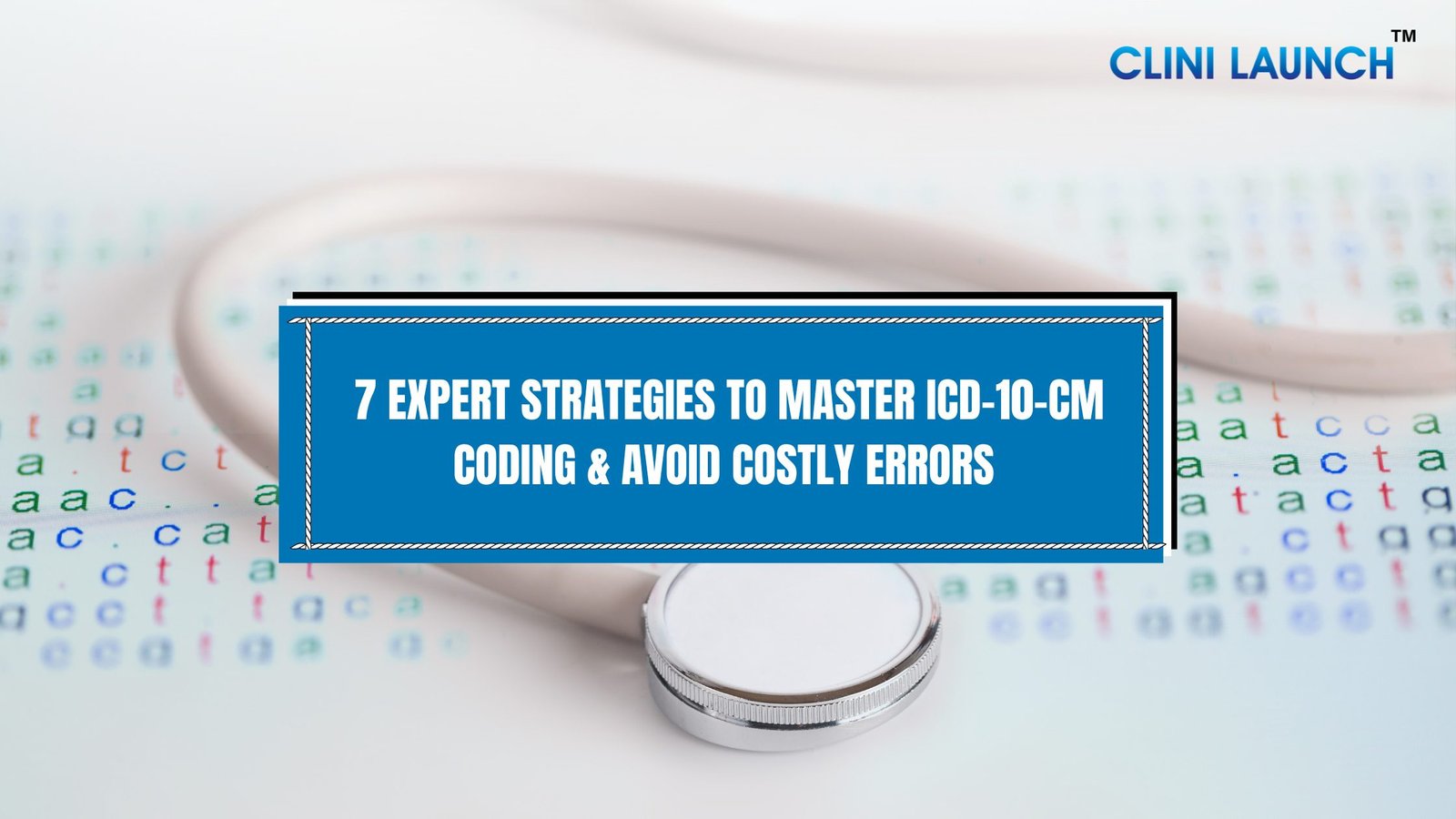In the intricate world of healthcare, where patient care meets administrative precision, a universal language is essential. This language, critical for communication between providers, payers, and patients, is built upon a system of standardized codes. At its heart lies CPT coding Current Procedural Terminology. More than just a series of numbers, CPT codes represent the very fabric of medical procedures, diagnostic tests, and services performed by healthcare professionals.
For anyone involved in the healthcare ecosystem from clinicians and administrators to billers and aspiring medical coders with a deep understanding of CPT coding is not just beneficial, it’s vital. This comprehensive guide will demystify CPT codes, explore their significance, differentiate them from other coding systems, and provide insights into mastering this crucial skill.
Enroll Now: Medical Coding
What Exactly is CPT Coding?
At its core, CPT coding is a standardized classification system developed and maintained by the American Medical Association (AMA). Its primary purpose is to provide a uniform language to describe medical, surgical, and diagnostic services. As defined by TechTarget, CPT codes are a medical code set that is used to report medical, surgical, and diagnostic procedures and services to entities such as physicians, health insurance companies and accreditation organizations. This standardization ensures that healthcare providers can accurately communicate the services they render, and importantly, get reimbursed for those services.
Each CPT code is a five-character alphanumeric code, although the vast majority are numeric. These codes are meticulously updated annually to reflect advancements in medical practice and technology, ensuring that the system remains relevant and comprehensive. The CPT codebook is an expansive document, divided into six main sections:
- Evaluation and Management (E/M): Covers physician services such as office visits, hospital inpatient visits, consultations, and emergency department services.
- Anesthesia: Pertains to anesthesia services.
- Surgery: The largest section, encompassing a vast array of surgical procedures across all body systems.
- Radiology: Includes diagnostic imaging procedures like X-rays, MRIs, and CT scans.
- Pathology and Laboratory: Covers lab tests and pathological examinations.
- Medicine: A diverse section for non-surgical procedures and services, including immunizations, chemotherapy, and various therapeutic procedures.
Understanding the structure and content of these sections is the first step towards becoming proficient in CPT coding.
The Role of CPT Coding in Healthcare

The impact of accurate CPT coding resonates throughout the entire healthcare system. Its importance cannot be overstated for several key reasons:
- Accurate Reimbursement: This is arguably the most critical function. Insurance companies rely exclusively on CPT codes to process claims and determine appropriate reimbursement for services rendered. Incorrect or incomplete codes can lead to claim denials, delayed payments, and significant revenue loss for healthcare organizations.
- Data Analysis and Research: CPT codes provide invaluable data for tracking healthcare trends, epidemiology, and public health initiatives. Researchers utilize this data to understand disease patterns, evaluate treatment effectiveness, and allocate resources efficiently.
- Quality Improvement: By analyzing CPT data, healthcare organizations can identify areas for process improvement, measure the quality of care provided, and benchmark their performance against industry standards.
- Legal and Regulatory Compliance: Adherence to CPT coding guidelines is a cornerstone of regulatory compliance. Errors can result in audits, penalties, and even accusations of fraud or abuse.
- Standardized Communication: CPT codes bridge the communication gap between different healthcare entities, ensuring that everyone speaks the same “language” when discussing procedures and services.
In essence, CPT coding is the backbone of efficient, transparent, and financially viable healthcare operations.
CPT Codes vs. HCPCS Codes
While discussing CPT coding, it’s inevitable to encounter HCPCS codes. Often used interchangeably by those unfamiliar with medical coding, these two systems, though related, serve distinct purposes. Understanding their relationship is crucial for comprehensive medical coding.
HCPCS stands for Healthcare Common Procedure Coding System. It’s broadly divided into two main levels:
- HCPCS Level I: This is precisely where CPT codes fit in. All CPT codes are considered HCPCS Level I codes. They are primarily used to report medical, surgical, and diagnostic procedures performed by physicians and other healthcare providers.
- HCPCS Level II: This level covers products, supplies, and services not included in CPT codes. Think of durable medical equipment (DME), ambulance services, certain drugs, and other non-physician services. These codes begin with a letter followed by four numbers (e.g., J codes for drugs, E codes for durable medical equipment).
So, while all CPT codes are HCPCS Level I codes, not all HCPCS codes are CPT codes. HCPCS Level II codes fill in the gaps where CPT codes don’t adequately describe a service or supply. Mastering both systems are essential for complete and accurate medical billing.
The Hospital Coding

Hospital coding presents a unique dimension to the application of CPT codes. While CPT codes are used by physicians to bill for their professional services, hospitals use a combination of coding systems for their facility charges.
For outpatient hospital services, CPT codes are frequently utilized. However, the billing for inpatient hospital stays relies primarily on ICD-10-CM (International Classification of Diseases, 10th Revision, Clinical Modification) for diagnoses and ICD-10-PCS (Procedure Coding System) for inpatient procedures.
This distinction is vital. A physician performing surgery in a hospital would use CPT codes to bill their professional fee, while the hospital would use ICD-10-PCS codes for the facility charges associated with the surgery (e.g., operating room usage, nursing care, supplies). Effective hospital coding requires a comprehensive understanding of how these different coding systems interact and are applied to ensure accurate billing for both the professional and facility components of care.
The Rise of RPM CPT Codes
The landscape of healthcare is constantly evolving, with technology playing an increasingly significant role in patient care delivery. Remote Patient Monitoring (RPM) is a prime example of this evolution, allowing healthcare providers to monitor patients’ health data from a distance. As RPM becomes more widespread, understanding the associated RPM CPT codes is critical for proper reimbursement.
RPM CPT codes typically fall under the “Medicine” section of the CPT manual and are specifically designed to describe services related to the collection and interpretation of physiological data from patients remotely. These codes cover various aspects, including:
- Setup and education: Initial setup of RPM equipment and patient education on its use.
- Device supply: The provision of the remote monitoring device itself.
- Data transmission: The ongoing transmission of data from the patient to the provider.
- Monitoring and interpretation: The physician or qualified healthcare professional’s time spent reviewing and interpreting the transmitted data.
The specific codes and their guidelines are crucial for ensuring that these innovative services are appropriately documented and reimbursed. Staying updated on the latest RPM CPT codes and their billing requirements is essential for practices adopting remote patient monitoring solutions.
Conquering the CPT Exam
For those aspiring to a career in medical coding, passing the CPT exam is a significant milestone. Certifications like the Certified Professional Coder (CPC) from the American Academy of Professional Coders (AAPC) or the Certified Coding Specialist (CCS) from the American Health Information Management Association (AHIMA) often require a deep knowledge of CPT coding. Also, you can join medical coding course from CliniLaunch Research and obtain globally recognized certifications.
Preparing for the CPT exam demands dedication and a structured approach. Key strategies include:
- Thorough Study of the CPT Manual: Familiarize yourself with the layout, guidelines, appendices, and index of the CPT codebook. This is your primary resource.
- Understanding Anatomy and Medical Terminology: A strong foundation in these areas is crucial for accurately interpreting physician documentation and selecting the correct codes.
- Practice, Practice, Practice: Work through numerous coding scenarios and practice questions. This helps solidify your understanding and improves your speed and accuracy.
- Focus on Guidelines: Pay close attention to the general guidelines at the beginning of each CPT section and the specific guidelines preceding individual codes. These guidelines are paramount for correct code selection.
- Utilize Study Resources: Consider review courses, online practice exams, and study groups to enhance your preparation.
Success on the CPT exam not only validates your expertise but also opens doors to a rewarding career in the evolving field of medical coding.
Adapting to Healthcare Industry

The healthcare industry is in a constant state of flux, driven by technological advancements, evolving care models, and regulatory changes. CPT coding must adapt to these changes. The annual updates to the CPT manual are a testament to this ongoing evolution, incorporating new procedures, technologies, and services.
Looking ahead, we can anticipate continued emphasis on:
- Telehealth and Virtual Care: As virtual care become more integrated, new CPT codes and guidelines will emerge to accurately capture and reimburse these services.
- Precision Medicine: The growing field of personalized medicine, with its focus on genetics and targeted therapies, will necessitate new and more granular codes.
- Artificial Intelligence and Automation: While AI won’t replace human coders entirely, it will increasingly assist in streamlining the coding process, making accuracy even more critical for human oversight.
- Data Analytics: The wealth of data generated by CPT codes will become even more valuable for healthcare analytics, driving insights for improved patient outcomes and operational efficiency.
Staying informed about these trends and embracing continuous learning is crucial for anyone working with CPT coding.
To Sum up
CPT coding is far more than just assigning numbers to medical procedures; it’s the critical language that drives healthcare reimbursement, facilitates data analysis, and ensures the financial health of medical practices and hospitals. From mastering the intricacies of the CPT manual to understanding the distinctions between CPT and HCPCS codes, and from navigating the complexities of hospital coding to accurately reporting RPM CPT codes, a solid grasp of this system is indispensable.
Whether you’re an aspiring medical coder preparing for your CPT exam, a healthcare administrator seeking to optimize billing processes, or a clinician aiming for accurate documentation, investing in your CPT knowledge is an investment in the future of healthcare. The demand for skilled medical coders who can accurately translate complex medical documentation into billable codes continues to grow.
At CliniLaunch, we understand the critical role of accurate medical coding in today’s healthcare landscape. Our comprehensive training programs are designed to equip you with the knowledge and practical skills needed to excel in CPT coding, master HCPCS codes, navigate hospital coding complexities, and understand emerging areas like RPM CPT codes. Our expert-led courses provide the in-depth understanding and hands-on practice necessary to confidently pass your CPT exam and thrive in a rewarding career.
Visit CliniLaunch today to explore our courses and take the next step towards your success in medical coding!





